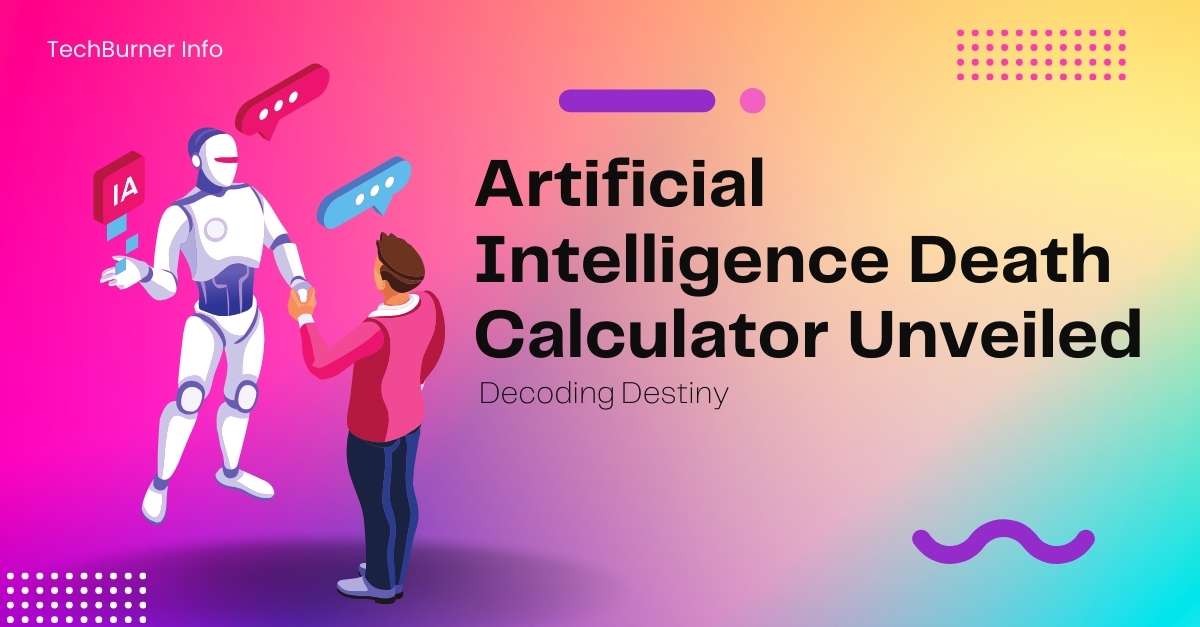There are many questions that artificial intelligence can help answer, even ones you might not want to know. These days, an Artificial Intelligence death calculator can predict your death date with startling accuracy.
It is an exciting tool that forecasts life expectancy based on lifestyle and health data by using advanced codes.
In this article, we will examine how to use an AI death calculator, examine our possibilities, and discuss the subtleties and restrictions associated with these forecasts.
What is an Artificial Intelligence Death Calculator?
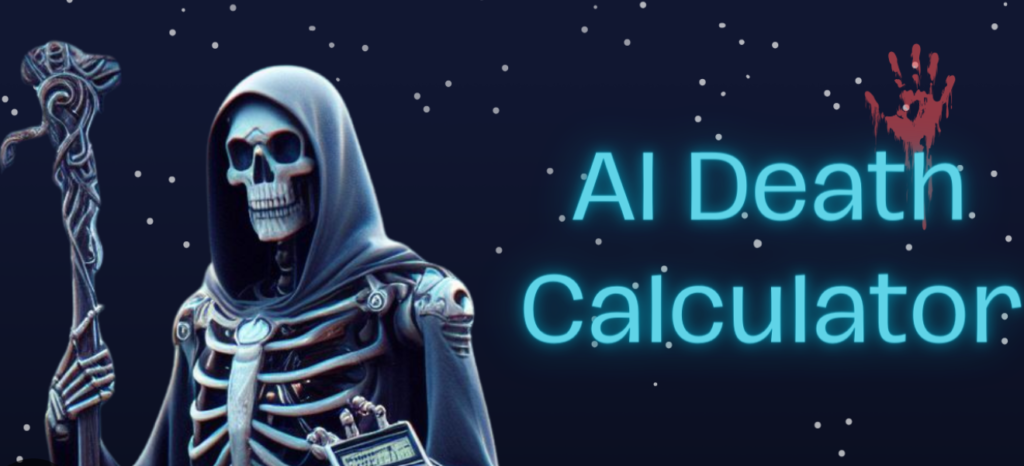
The first step to realizing the possibilities of an AI death calculator is to understand how it operates. These calculators use advanced algorithms to estimate the years you have left to live based on a wide range of personal data points.
The AI death calculator provides a comprehensive picture of your life expectancy by considering various factors, from basic facts like age and weight to more complex aspects like health history and lifestyle choices.
The estimate of your remaining years is a crucial discovery you will discover after interacting with an AI death calculator. This number offers a fascinating peek into the future, supported by statistical models and population-level insights. However, what aspects should you consider before giving these forecasts too much weight, and how reliable are they?
Workings of the AI Death Calculator
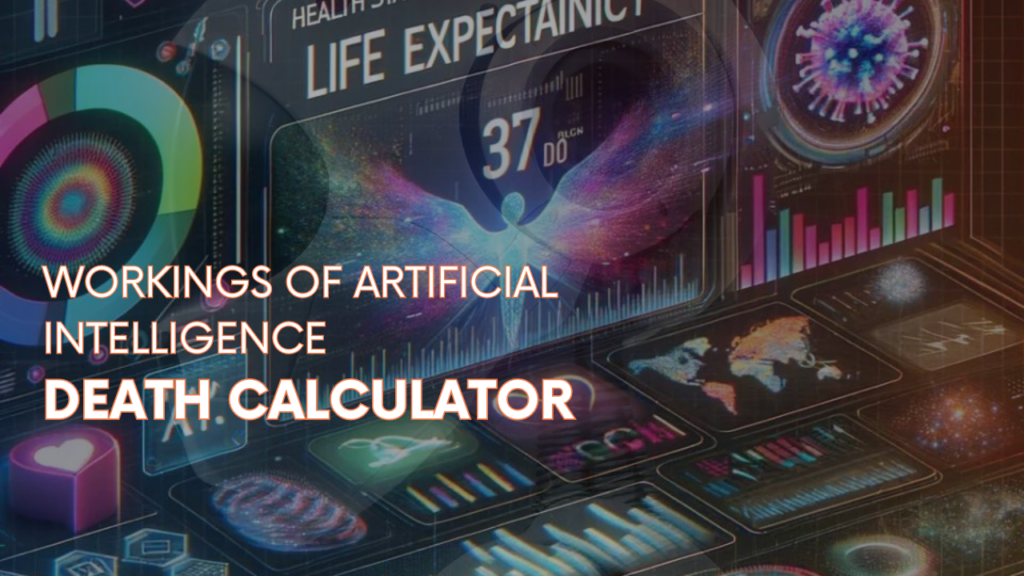
The Artificial Intelligence Death Calculator uses recurrent neural networks (RNNs), a machine learning technique, to determine the dates and causes of deaths. Here are some crucial specifics about how it works:
Information Sources
Users of the Death Calculator are prompted to provide information such as their date of birth, place of residence, height, weight, smoking status, medical history, and current conditions. The algorithm can create a human profile thanks to this personal information.
Forecasted Results
Examining relationships within the input data produces a predicted lifespan, a precise day and time of death, and the top three most likely reasons for death.
Constant Updates
The algorithm receives fresh data every minute, allowing for constant updates on life expectancy. Forecasts are subject to alter over time in response to new developments in lifestyle or health.
Analysis of Neural Networks
The long-short-term memory (LSTM) model receives the inputs. Over time, this kind of deep learning model can better understand context and patterns by recalling past data.
Black Box Style
The precise inner workings of the Death Calculator’s algorithm are hidden behind a proprietary “black box,” just like many other AI systems. Users need help to observe how their inputs were used to calculate the outcomes.
Algorithms and Data Used in Prediction
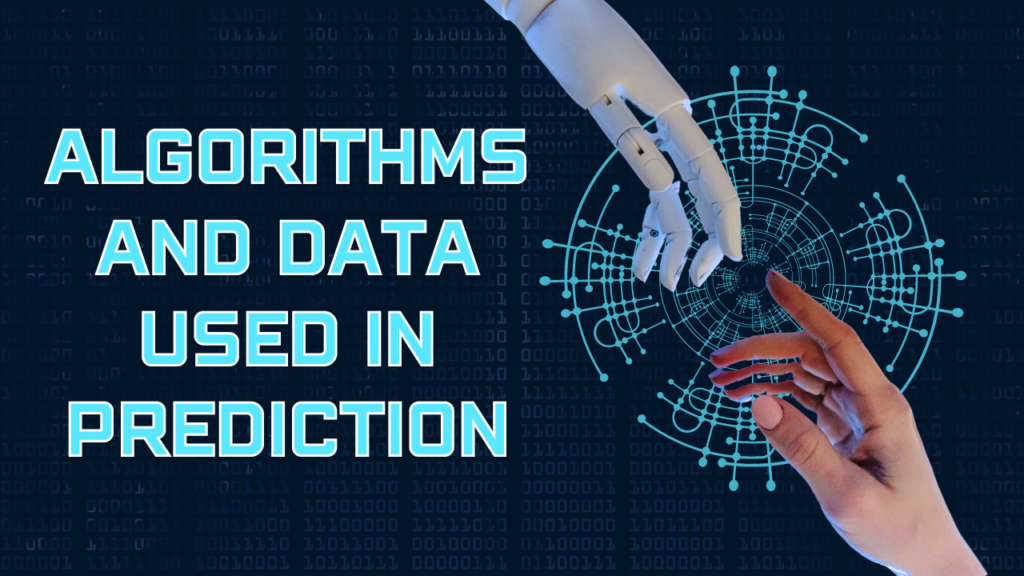
Life2vec is a tool that estimates life expectancy by analyzing data from six million Danish citizens. The model’s predictions were accurate in 78% of the cases.
Predictions are made based on medical records, occupation, and income information. When the time comes, the app can also predict how much money you will have.
While smoking is connected to lower lifespans, characteristics such as leadership positions and higher incomes are associated with longer lifespans. The tool also takes into account things like exercise schedules and mental health.
A person’s life events were coded; for example, S52 represents a fractured forearm, 072 a hemorrhage following childbirth, and POS3513 a computer systems technician.
A group of individuals in Denmark between the ages of 35 and 65 have so far undergone Life2vec testing; half of them have now passed away.
Entering your data is an essential step after selecting an AI death calculator of your choice. The degree of honesty and thoroughness with which you supply the necessary facts will determine how accurate the prediction is.
Basic Personal Information: Gender, Age, and Other
The fundamental information includes age, gender, location, height, and weight. Specific calculators might inquire about education level, marital status, and other life expectancy variables.
Family History and Health: Revealing Important Elements
Current medical problems, previous treatments, drugs, and family medical history significantly influence predictions. The more thorough your input is, the more the AI-generated estimate will be increasingly precise and nuanced.
Lifestyle Elements: Not Just the Essentials
Lifestyle factors like nutrition, exercise, sleep patterns, and smoking might help us understand potential benefits and risks. The calculator considers your daily decisions and actions, providing a tailored look at how these may affect your life expectancy.
Accuracy and Limitations of the Tool
The AI Death Calculator’s developers assert that the program can make highly accurate predictions about a person’s final moments. Nevertheless, there are valid grounds to doubt these assertions.
Extremely Poor Total Accuracy
Only three out of one hundred test scenarios in the backtesting process allowed the Death Calculator to forecast the death date accurately. This 3% accuracy rate is less accurate than a random guess. Furthermore, just thirty percent of the anticipated causes of mortality turned out to be exact.
Unexpected Events Are Hard to Predict
Unexpected events that could result in early death, such as violent crimes, sudden fatal illnesses, or random accidents, are not taken into consideration by the Death Calculator. Consideration is limited to plausible reasons based on preexisting medical issues.
Medical Records Are Not Accessible
The algorithm needs more inputs to conclude without a comprehensive medical history, imaging scans, genetic data, and modern diagnostics testing. Users’ self-reported data needs to be more profound.
Hardest People Are Healthy People
The prediction of death dates is particularly challenging for otherwise healthy persons who have little or no risk factors. Diseases will eventually emerge depending on a complicated web of hereditary and environmental factors.
The AI Death Calculator probably overstates its accuracy due to the significant limits it confronts, even if AIs may continue to improve statistically at forecasting lifespans.
Potential Misuse of Predictions
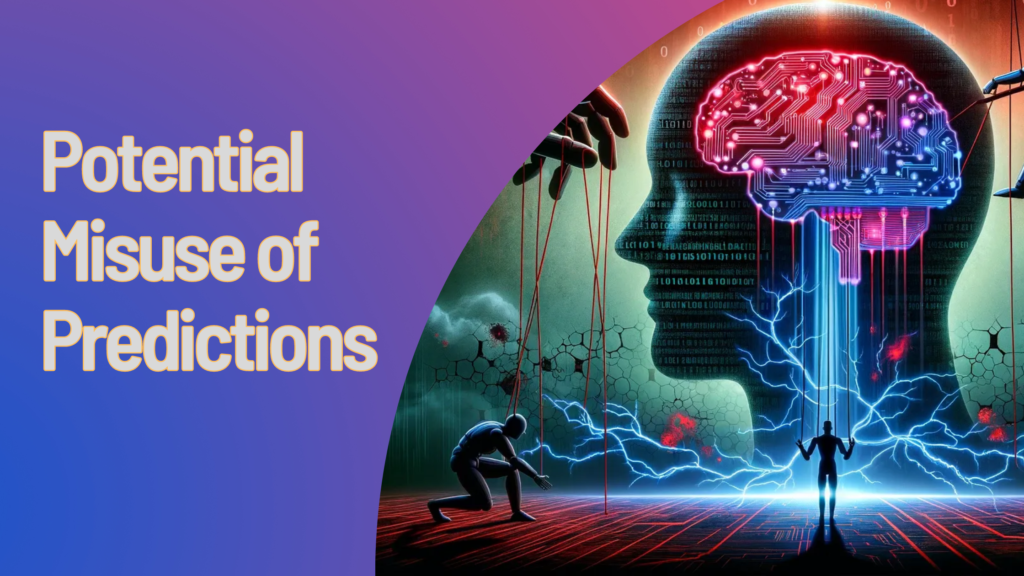
The AI Death Calculator presents some legitimate questions regarding the ethics of AI predictions despite its seeming lack of a solid scientific approach.
Encourages Panic and Fear
Regardless of the tool’s accuracy, receiving a precise death date prediction can be highly stressful and anxiety-inducing for many people. Thoughts of death may dominate an individual’s mental state.
Potential for Discrimination
AI computations frequently employ data such as gender, nationality, income level, and ethnicity. Even if discrimination is not the developers’ aim, such data may result in biased predictions.
Insufficient Transparency
The Death Calculator’s data sources are obscure, and users cannot verify the tool’s logic or fairness. The “black box” approach hampers accountability and opportunity to address issues.
Ethical Considerations
Privacy Issues: The use of personal information is a primary ethical concern. AI Death Calculators frequently employ private data, which raises concerns about data security and the possibility of abuse or illegal access.
Impact on Mental Health: Estimating a person’s life expectancy can significantly affect their mental health. When such forecasts are made, people may feel anxious, depressed, or experience existential discomfort, mainly if they believe the predictions to be deterministic rather than probabilistic.
Potential Abuse: These calculators’ predictions risk being misused or misunderstood. For example, employers could use them to make discriminatory hiring or promotion choices or by insurance firms to modify premiums unfairly.
Societal Implications
Impact on the Insurance and Healthcare Sectors: Artificial Intelligence death calculators have the potential to change risk assessment in the insurance and healthcare sectors completely. Life expectancy data can help insurers better customize plans and help healthcare professionals focus on preventative care for high-risk patients.
Impact on End-of-Life Decision-Making: Based on these tools’ predictions, people may reevaluate their estate planning, advance directives, or healthcare preferences. This could result in better-informed choices being made about resource allocation and end-of-life care.
Cultural Attitudes Towards Technology and Mortality: The broad use of AI death calculators may influence how society views technology and mortality. It might spark conversations about digital privacy rights, accepting death, and the moral limits of predictive analytics.
Conclusion – Artificial Intelligence Death Calculator
Artificial Intelligence Death Calculators present both opportunities and risks in their development and application. Although they can potentially improve insurance and healthcare procedures, carefully considering their ethical application and social impact is essential. To guarantee that these tools help society without jeopardizing individual rights or well-being, stakeholders must work together to create strong legislation, prioritize data privacy, and encourage responsible implementation.
FAQs – Artificial Intelligence Death Calculator
What is an Artificial Intelligence Death Calculator?
A tool known as an AI death calculator makes predictions about a person’s life expectancy using algorithms and various inputs, including health information, lifestyle decisions, and genetic predispositions.
How accurate do these calculators make the predictions?
The degree of algorithmic complexity and the caliber of data inputs affect accuracy. Specific forecasts have a more considerable margin of error than others, even though others are fairly accurate.
What kind of data is used in these predictions?
These calculators may use numerous types of data, such as medical history, demographics, genetic markers, lifestyle choices, and environmental factors.
Are using these technologies going to raise any privacy issues?
Indeed, privacy concerns emerge due to the sensitivity of the data used and the danger of misuse or illegal access. Users are responsible for ensuring that their data is handled transparently and securely.
Can the predictions made by these tools affect my mental health?
Indeed, knowing one’s expected life expectancy might affect mental health, possibly leading to existential discomfort, anxiety, or depression. It’s critical to approach these forecasts cautiously and, if necessary, to seek assistance.
How are these predictions used in the healthcare and insurance industries?
Insurers and healthcare providers could use these forecasts to evaluate risk, customize treatments, and modify premiums. However, ethical considerations must govern their use to avoid prejudice or excessive influence.
Are there any regulations governing the use of these tools?
We are currently developing regulations for the AI Death Calculator. It has not yet been made publicly available because its data should not be utilized in specific scenarios and because it was only trained on Danish people.

